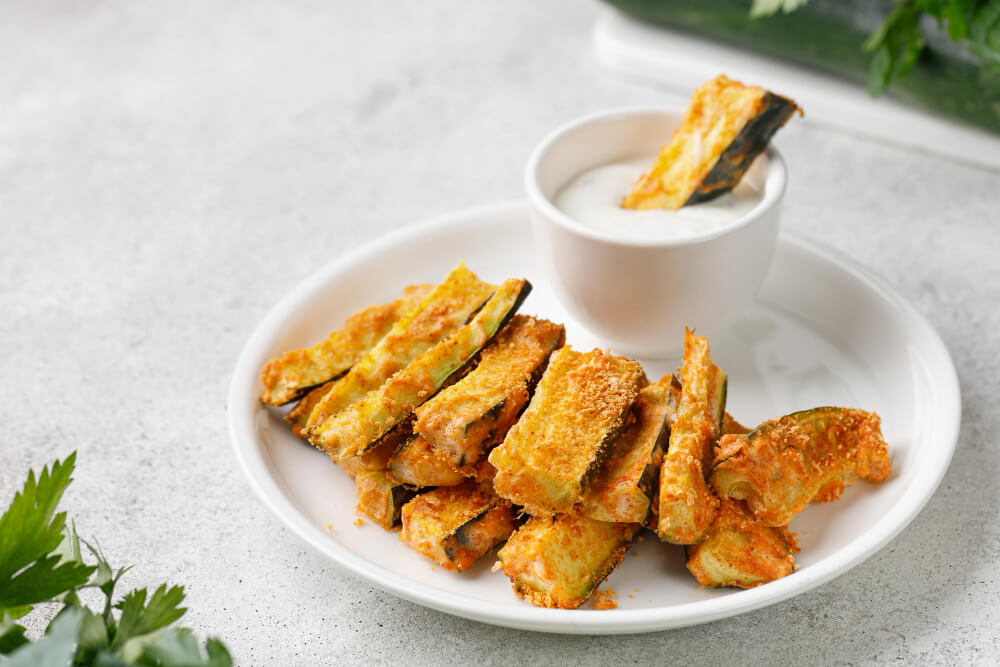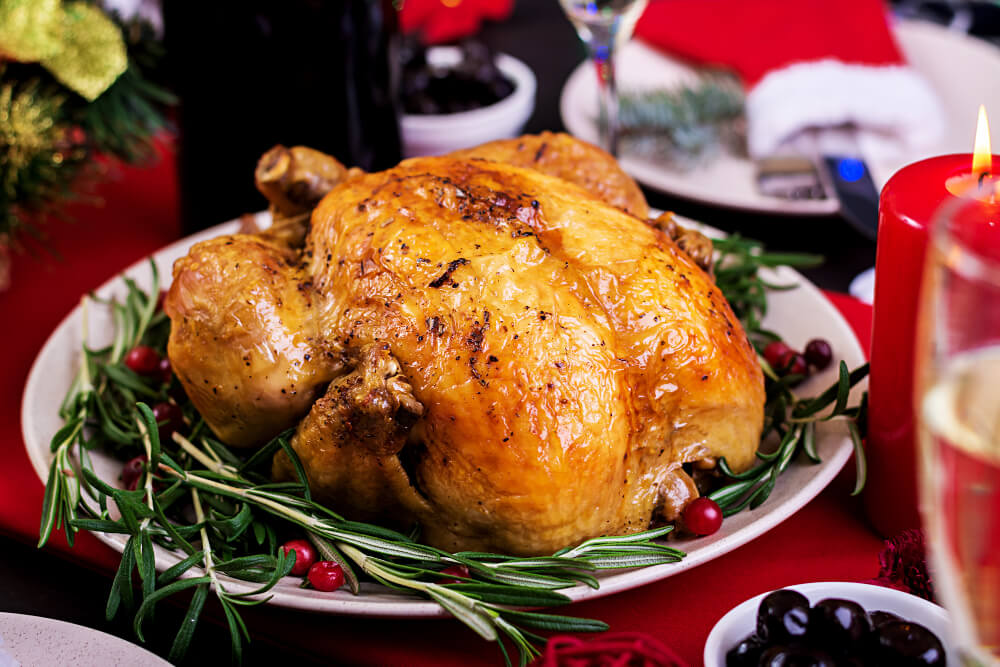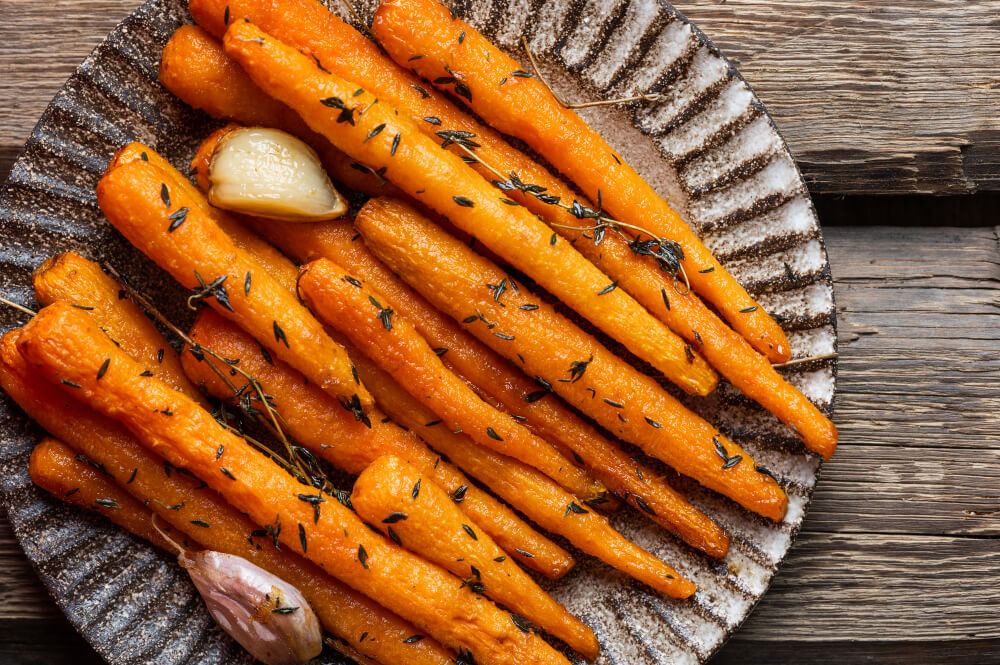
There are many types of wood used to create essential kitchen tools, among which is the teak cutting board, a favorite for its resilient, aesthetic, and practical qualities. This hardwood, akin to walnut, is frequently touted as a good cutting board material, garnering much attention from culinary enthusiasts. But what sets teak apart? Is it easy to clean like other materials?
How does it stand against the title of the 'best wood for cutting board'? In this post, we delve into the unique properties of teak, exploring its strengths and weaknesses as a cutting board material, and comparing it with its closest competitors.
Stay with us as we unfold the reasons why teak might just become your new kitchen staple.
What is Teak Wood?
Teak wood, also known as Tectona grandis, is a tropical hardwood species native to Southeast Asia, renowned for its resilience and versatility. This wood makes excellent furniture, decking, and, of course, cutting boards, due to its high natural oil content and tight wood grain. These properties ensure the boards don't easily warp or crack, even with heavy use or exposure to moisture.
Teak's tight wood grain makes it an ideal choice for a chopping block. It's hard enough to withstand sharp knives, yet its slightly softer texture won't dull blades as quickly as some other hardwoods. Teak also boasts a beautiful, warm color palette, adding an aesthetic appeal to its functional role.
Moreover, teak board is a sustainable choice. As the demand for teak has grown, so have efforts to responsibly cultivate and harvest it, ensuring minimal impact on our environment. Thus, a teak cutting board is not just a practical addition to your kitchen, but also an eco-conscious choice.
Advantages of Teak Wood as a Material for Cutting Board

Teak wood holds numerous advantages as a choice for cutting boards, making it a favored option among many home cooks and professional chefs. Here are some of the notable benefits:
-
Excellent Cutting Surface: A teak wood cutting board offers an excellent cutting surface. Its tight grain structure, combined with natural oils, provides a surface that is hard enough to resist scratches and dents, yet gentle on your kitchen knives.
-
Durability: Teak is known for its incredible durability. A teak wood cutting board can withstand the rigors of daily kitchen use without cracking, warping, or degrading. This makes it an ideal choice for a butcher block or a regular cutting surface.
-
Knife-Friendly: The hardness of teak is balanced with a slight give, which means it's less likely to dull knife blades compared to harder woods. If you're looking to preserve the sharpness of your kitchen knives, teak is an excellent choice.
-
Hygiene: The natural oils in teak make it resistant to moisture and bacteria, promoting a healthier cutting environment. This resistance, combined with the tight grain of the wood, means that wooden boards made of teak are easy to clean and maintain.
-
Versatility: A teak board isn't limited to just chopping and cutting. Its beautiful grain pattern and warm hues make it a perfect cheese board or serving platter for entertaining.
-
Sustainability: As mentioned earlier, teak wood cutting board also represents an eco-friendly choice. This is due to the increasing practice of sustainable farming and harvesting of teak trees, which reduces environmental impact.
-
Aesthetic Appeal: The rich, warm tones of teak add an element of elegance to any kitchen. It's not only functional but also decorative, enhancing the overall aesthetic of your cooking space.
Comparing Teak Wood to Other Wooden Cutting Board Materials
1. Teak vs Walnut
Teak and walnut are two of the best woods for cutting boards, each bringing unique qualities. Walnut is admired for its rich color and softness that preserves knife sharpness. Teak, on the other hand, is praised for its high oil content and tight grain structure. While both woods are equally beautiful and durable, teak's natural oils make it a bit more resistant to warping and cracking, offering a slight edge in longevity.
2. Teak vs Maple
Maple cutting boards are a top choice in many kitchens due to their hardness, durability, and tight grain. They offer an excellent cutting surface and are known to withstand heavy use. Similarly, teak boards are also tough and long-lasting, with a slight softness that's gentle on knives. Both woods are exceptional, but teak's natural oil content can make it slightly easier to maintain.
3. Teak vs Acacia
Acacia wood is a strong choice in the realm of cutting boards. It's durable, attractive, and known for its impressive longevity. Teak, too, brings durability and beauty to the table. Both woods require certain care to maintain their best condition, but teak's natural oils can offer a bit more resistance to drying and cracking.
4. Teak vs Oak
Oak is a traditional choice for large cutting boards, recognized for its robust and durable nature. Its unique grain pattern also adds aesthetic appeal. Teak matches oak's strength and beauty and brings additional benefits like natural resistance to moisture and bacteria. While both are fantastic choices, teak's slightly lower maintenance needs could be a deciding factor for some.

Aside from teak wood, walnut is another excellent choice for cutting boards. Both are known for their durability and resistance to bacteria, making them ideal for food preparation. Plus, the beautiful natural grain patterns of walnut add a touch of elegance to your kitchen. Experience the difference with our premium walnut cutting boards, available now on Amazon.
Get your Mevell walnut cutting board on Amazon today.
How to Maintain Your Teak Wood Cutting Board
Now, let us share some tips on how to maintain your teak wood cutting board to ensure it lasts a lifetime while preserving its beauty and functionality.
-
Regular Cleaning: After each use, gently clean your chopping board with warm soapy water, then dry it thoroughly. Avoid soaking your board or putting it in the dishwasher, as this can cause warping or splitting.
-
Oiling: To maintain the teak wood's natural luster and protective oils, regularly apply food-grade mineral oil. This cutting board treatment not only enhances the board's look but also helps prevent it from drying out. Remember, though, that even when properly maintained, this cutting board doesn't dull your knives as quickly as others might.
-
Disinfecting: For a deeper clean, especially after used for cutting boards with raw meat, you can disinfect with a mild bleach solution. Rinse thoroughly and let it dry.
-
Avoid Extreme Conditions: Keep the board away from extreme heat or cold, as this can cause the wood to warp or crack. Store it in a cool, dry place.
-
Test Kitchen's Tip: For an extra level of care, consider using a board cream after the mineral oil has absorbed. This cream provides another layer of protection and helps keep the board hydrated.
Remember, the benefits of teak wood are best enjoyed with proper care. By maintaining your teak cutting board, you're investing in a board that's not only beautiful and durable but also kind to your knives.
Is Bamboo a Good Choice Over Teak Wood?
While bamboo offers an eco-friendly and affordable alternative, it may not necessarily be the best choice over teak for a cutting board. Bamboo cutting boards are hard, just like glass cutting boards, which can potentially dull knives faster.
They are also not as durable as teak wood, particularly for heavy-duty use as a large board or butcher block. The hardness of bamboo, while making for a durable cutting surface, can lead to quicker wear and tear on your knives.
Additionally, unlike plastic boards, bamboo boards are not dishwasher-safe. While plastic cutting boards don't offer the same aesthetic or longevity as wood, they provide ease of maintenance. Ultimately, while bamboo has its benefits, teak's balance of durability, knife-friendliness, and beauty makes it a superior choice.
Conclusion
In the realm of wooden cutting boards, teak stands out for its unique balance of durability, aesthetics, and knife-friendliness. Its natural oils and tight grain structure make it a practical and sustainable addition to any kitchen.
Whether you're an experienced chef or a home cook, a teak wood cutting board could be the investment that takes your culinary experience to the next level.
Related Articles
- Wood vs. Plastic Cutting Boards Which One Is the Best?
- Best Wood for Cutting Boards, the Ultimate Guide
- Is Oak Good for Cutting Boards - Best Wood for Cutting Board Guide
- How to Fix a Warped Cutting Board
- How to Season a Wood Cutting Board | Wooden Cutting Board Guide
- Wood Not to Use for Cutting Boards | Cutting Board Guide
- Is Hickory Good for Cutting Boards? | Cutting Board Guide
- How to Care For Teak Cutting Board - Wood Cutting Board Cleaning Guide
- Best Oil for Teak Cutting Board - Wood Cutting Board Guide
Related Products You Might Like
If you've enjoyed learning about teak, you might also like our range of wooden cutting boards. At Mevell, we offer top-quality walnut and maple boards, 100% Canadian-made, ensuring you get the finest quality and durability.
Perfect for any kitchen, these boards combine functionality, aesthetics, and sustainability, making them a fantastic alternative to teak.



